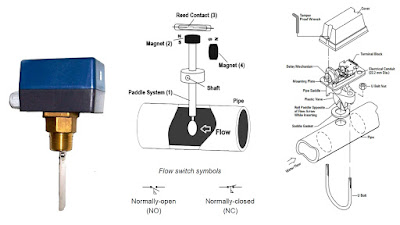Challenges in Gas and Liquid Measurement
Challenges in Gas and Liquid Measurement Accurate measurement of liquids and gases requires a strong understanding of the physical principles that govern fluid behavior. Both the properties of the medium and the measurement method play an essential role in determining accuracy. Key Considerations Accurate measurement requires understanding fluid properties . Medium characteristics such as density, viscosity, and compressibility affect results. Mechanical and electronic measurement methods vary in accuracy. Fluid mechanics principles impact pressure and flow measurement. Major Challenges Wear and Tear: Corrosive or abrasive media reduce device lifespan. Environmental Factors: Temperature, humidity, vibration, and EMI cause measurement errors. Viscosity: Influences flow behavior and meter performance. Explosion Protection Required in hazardous areas with flammable gases, vapors, or liquids. Explosion...



